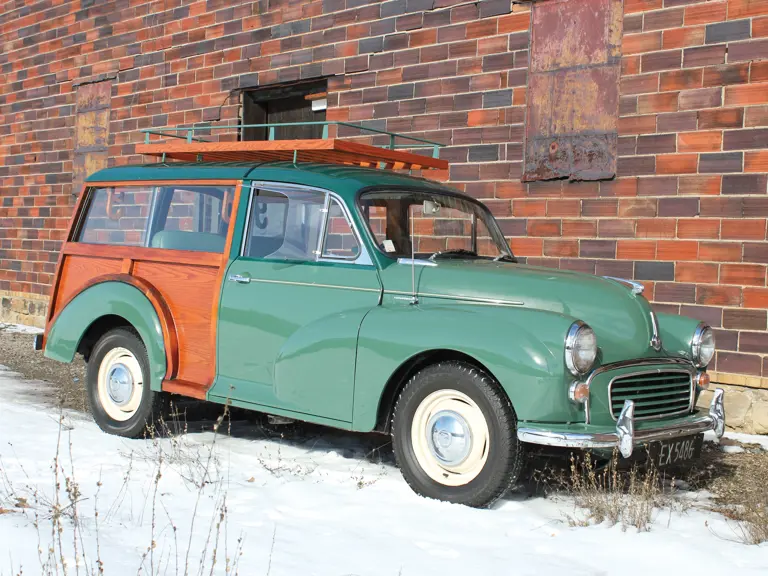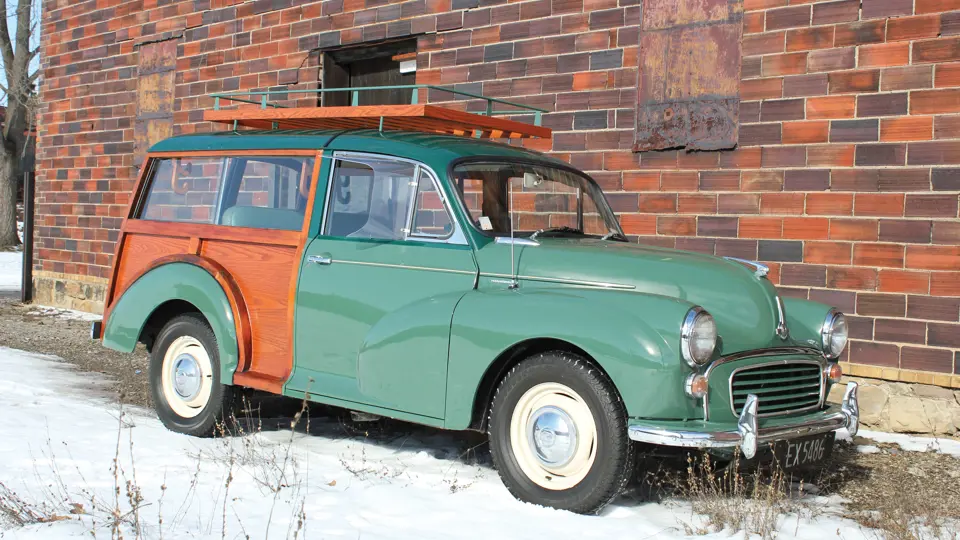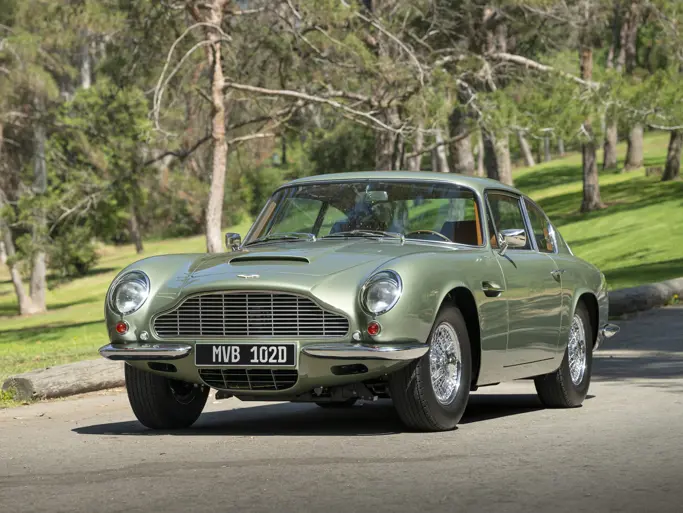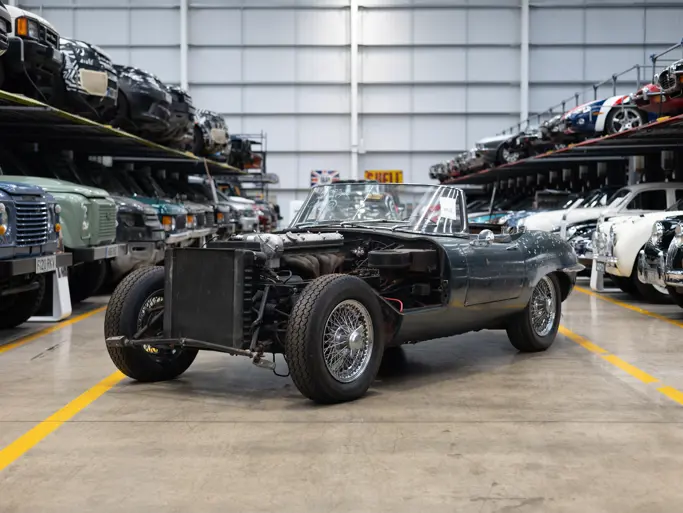With the Morris Minor firmly entrenched as an icon of 1950s-60s British motoring, it is easy to forget just how revolutionary the model was at its introduction. Rack-and-pinion steering and torsion bar independent front suspension were incredibly forward-thinking for a family sedan in 1948. The fact that the Minor remained in production for more than two decades made them seem commonplace. In fact, the car’s designer, the talented Alec Issigonis, had intended it to be even more remarkable, with a horizontally opposed engine. An existing L-head unit from the Morris 8 was used instead.
Saloon, tourer and estate car variants were offered; the latter, a wood-sided car named “Traveller,” becoming perhaps the favorite of the group. The most significant change in specification occurred in 1952, when the Morris merger with Austin made the new “A-series” overhead valve engine of the Austin A-30 available. Although of smaller displacement, the new engine developed slightly more power. It, too, would prove to be one of the longest-lived of powerplants.
This Morris Minor Traveller, a right-hand drive example, is presented in green and black with a green interior and the aforementioned wooden body components. A luggage rack and white-toned steel wheels are also found. With family versatility in mind, the Traveller combined saloon comfort with extra space all-around. Dependable; yes. Dull. Never. Spacious and reliable the Morris Traveller will be a great car for you. And your family.



 | Fort Lauderdale, Florida
| Fort Lauderdale, Florida


